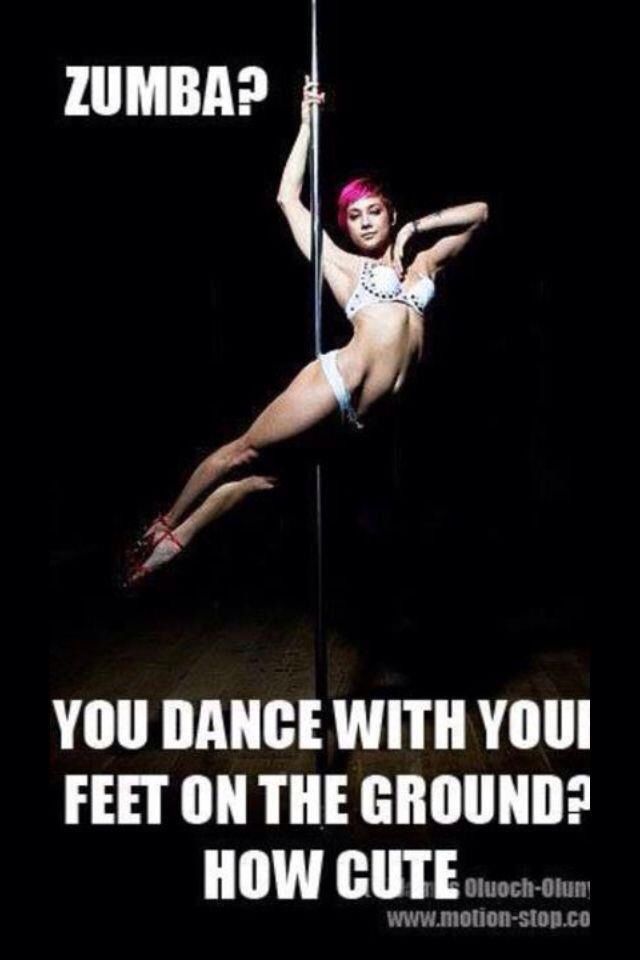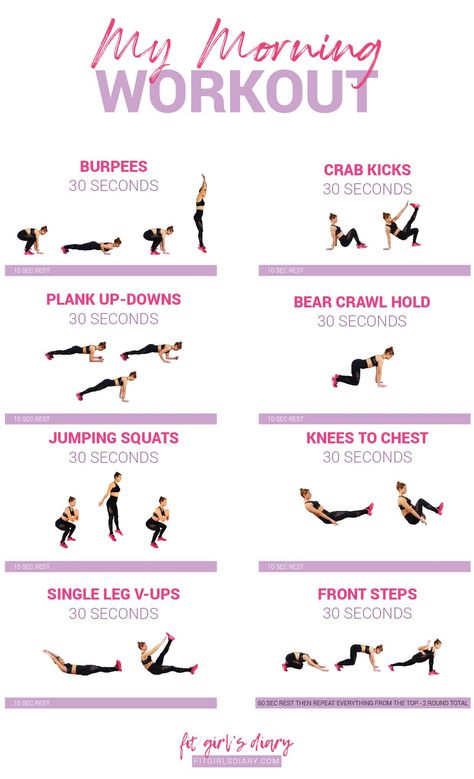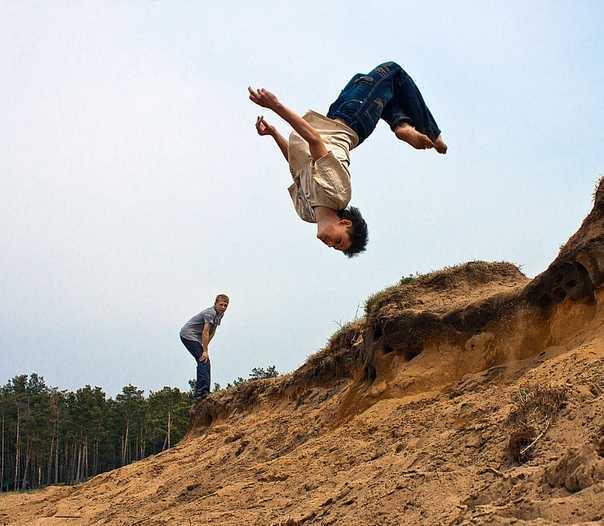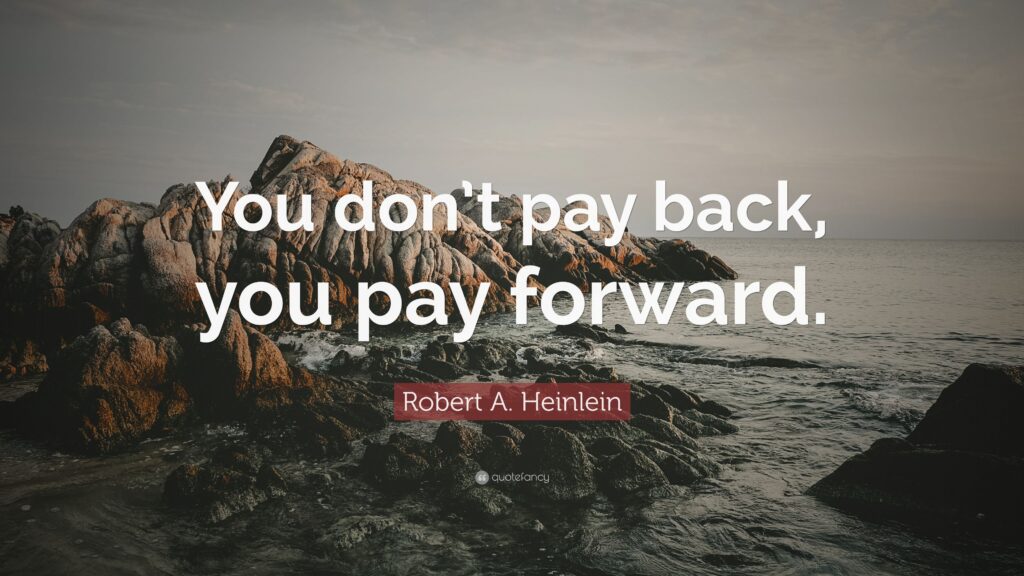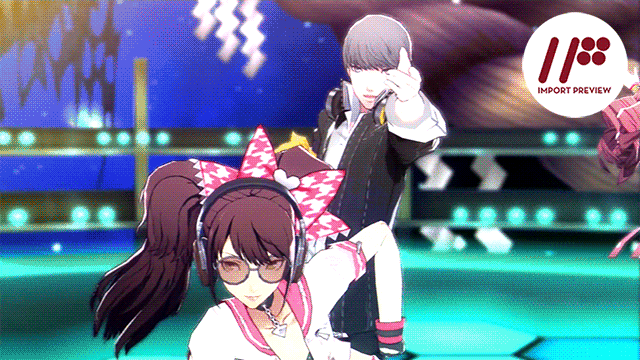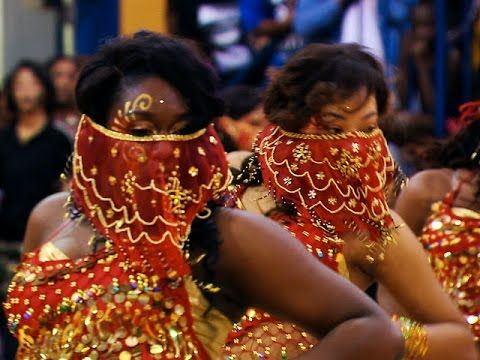How to do the grind on me dance
Girls, Learn How to Grind Dance In Minutes, Right Now!
This dance is simple, but its implications are not. It’s quite the package of contradictions: a public display of intimacy, a common sight that retains an air of taboo sexuality, a product of newfound sexual liberty that still perpetuates age-old heterosexual gender roles. Grinding exists wherever young people, pulsing music and alcohol intersect. You can witness it happening in house parties, concert venues, music festivals and clubs with flashing strobe lights. Now, gender roles, silent signals and awkward body-to-body interactions govern the dance floor.
Grinding is a form of dancing that is typically found at a club or a party where a man typically dances behind a woman while they both move their hips in the same circular motion.
Grinding can be a bit intimidating for girls. They may not know how to let a guy know they want to grind, where to put the guy’s hands, or how to move their hips. But don’t worry – grinding doesn’t have to be hard and you don’t have to get too intimate with your dance partner, especially if you don’t know him. If you want to know how to grind with sexiness, class, and style, just follow the next steps.
Another incredible dance technique is the Shuffle Dance. Learn How To Do It In 5 Minutes in our guide here
*note that we’re discussing this type of dancing in the common heterosexual setting between a guy and a girl but this works in any couple situation, and we intend no discrimination or exclusion of anyone.
Photo Credit: Elvert Barnes via Flickr
Where did it start?
Grinding goes back to some cultures in the Caribbean. We can trace it back to hip-thrusting dance moves labelled as “whining,” “wining” or “djuking”.
but it is it’s adoption by the hip hop culture that brought this dance style to mainstream America. It eventually “moved to high school and middle school dances (especially proms) in the US and Canada where there have been cases of administrators attempting to ban it due to its explicit nature” as one Wikipedia entry noted.
“Everywhere, boys in baggy pants and girls in tight ones gripped each others’ hips, from the front or the rear, and pushed, pushed. Pairs of girls entwined thighs and swiveled low to the ground. Groups of dancers formed “freak trains,” lines of tightly pressed bodies undulating through space.
All the moves had two elements in common: hips and friction.” As this article on Education Week noted back in 2001.
In 2015, a high school principal in Maine cancelled school dances because of students’ dance moves and the, “culture of grinding,” reports CBS Boston. “It is by no means the students’ fault, but the dancing they have witnessed on MTV/VHS/movies involves primarily only sexually suggestive grinding,” Record explains in the letter.
A predecessor to grinding as a sexually charged high-contact social dance was “The Bump”, which was popular in the 1970s, in which the contact between partners generally involved the hips or buttocks of one dancer “bumping” those of the other dancer in temporary contact. Other predecessor elements of grinding may be attributed to the 1987 film Dirty Dancing, and the famous lambada dance which became famous in the 1980s that featured grinding actions.
Other predecessor elements of grinding may be attributed to the 1987 film Dirty Dancing, and the famous lambada dance which became famous in the 1980s that featured grinding actions.
One additional note to keep in mind is that grinding is a form of dance that overlaps with a multitude of genres. You’ll see hip hop fans grinding, but also on dance music festival grounds with Trap music, Dubstep, and many others sub-genres including EDM.
Time To Learn How To Grind
You need to learn to grind dance (sometimes people call it freak dance or freaking) if you want to be able to get a little freaky on the dance floor. If you’re a beginner and want to know how to grind with a guy, or how to grind with a girl, this is section is for you.
First and foremost we need to mention that sometimes this form of dance will lead to unwanted actions that would happen without the partner’s consent. Please make sure there’s a sort of agreement with the other person before proceeding with such a dance as it is quite intimate in nature as we have just discussed.
The beginning of the dance
Unless you already know the guy you want to dance with and he’s led you to the dance floor, you’ll have to approach the dance floor on your own first. But if you already have a guy, then you can skip this section. Start by dancing with a friend or two. Someone you trust and from your initial circle. Here, it’s all about doing your own thing and having a good time.
Even when you’ve found your target, avoid looking around desperately. Instead, you’ll make sure the guys see that you’re having a a great time and they’ll come to you. Positivity like this is infectious and you’ll want people who want to be with you on the dance floor. Add to the attraction by showing off your dance moves with your friends. Let the guys see how you can work your body, follow the rhythm and enjoy your time.
Move Closer
Found your guy? Great! Maybe it’s a good idea to lock eyes with him from across the room, this will show your interest without much effort (we’re pretty sure you know what we mean here).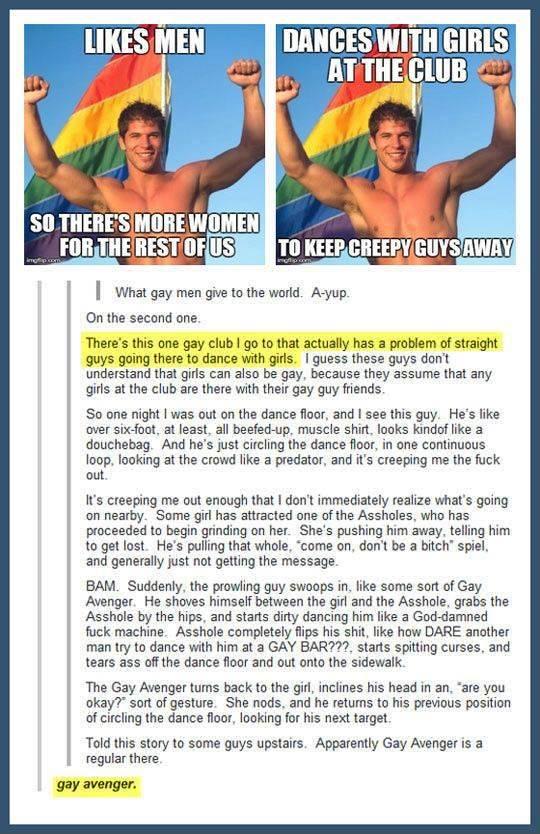 You’ll want to start moving closer to him, do it with the group altogether, that way it will look like a natural, gradual move, and nothing very creepy. Then, it will be a matter of waiting for him to come closer to you, too. If you lock eyes from across the room for one second and then one inch away from him the next, you won’t look cool. So avoid that.
You’ll want to start moving closer to him, do it with the group altogether, that way it will look like a natural, gradual move, and nothing very creepy. Then, it will be a matter of waiting for him to come closer to you, too. If you lock eyes from across the room for one second and then one inch away from him the next, you won’t look cool. So avoid that.
Extra tips to keep in mind: move towards him during the course of a song, it looks better and more natural that way and avoid crowding the guy, so maybe your friends would follow but keep some distance.
At this point, some sort of physical move needs to be done.
Photo Credit: Freepik.com
The Brushing Up
You should look at him and start some sort of interaction with him. Lock eyes with the guy, and maybe even give him a cute smile and then look away. Then, move even closer to him and let your body brush up against his, whether you’re facing him and touching him with your hands, or turning away form him and occasionally brushing up against him. This will communicate your interest and signal to the guy you intend to dance.
This will communicate your interest and signal to the guy you intend to dance.
Begin The Grind Dance
Step in front of him so that you lock eyes and know you’re going to dance with each other. Spend a minute dancing in front of him, moving to the beat, and then slowly begin to turn so he can start dancing behind you and you can officially begin to grind.
First, you have to get in grinding position so step in front, facing away from him. Though you can mix it up once in a while, the typical grinding position is when a guy stands behind a girl. You can leave about a foot between your bodies and don’t have to get incredibly intimate to start grinding (especially if you don’t know him).
Next, both you should bend your knees so that you’re lower to the ground. If the guy is much taller than you, then you won’t have to bend your knees very much. If the guy isn’t much taller than you, however (happens if you’re wearing high heels for example) then you should bend your knees a bit further so he’s a bit above you.
Now it’s time to move your hips and butt in one continuous circular motion, continuing to move from side to side while moving your legs up and down just a bit while keeping your knees bent. If the guy knows what he’s doing, then his hips should find a similar rhythm to yours. Both your hips should be moving in the same direction to the beat of the music.
Feeling bold? Know the guy you’re dancing with? You can touch the guy’s front side with your butt as you move it from side to side. But you can also maintain your distance. There are no obligations, keep in mind this is your move, and the dance is under your control.
The next thing to do is to move your arms and chest to the beat of the music, rotating your arms and chest in the same fluid motion. Look ahead or slightly down as you continue to work your arms and chest while you move your hips. You can bring your arms down so they’re on your knees or near your waist, and wait for the guys hands to land on top of yours or around your waist as you continue to dance.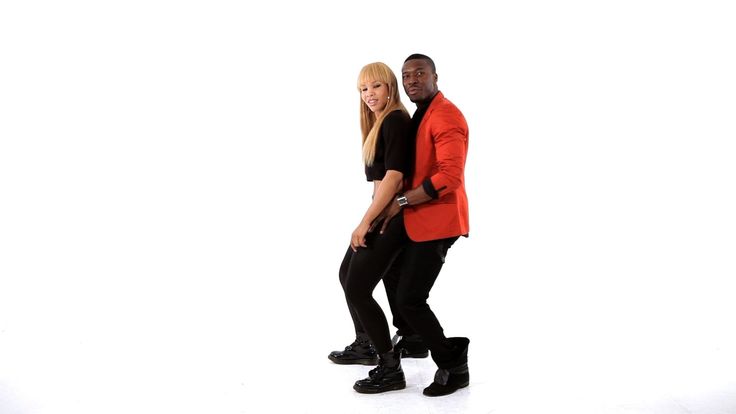
These are the basics in general. To help make things even more clear and give you extra pointers, we’re providing below some additional training:
Learn These 3 Simple Grinding Moves
Guys, These Important Secrets Are A Must-Know!
What about the guys? Most men are beginners and somewhat clueless when it comes to grinding on the dance floor. The video below will show you some secret moves that will have you grinding with the best of them!
Grinding can be very tasteful and not raunchy at all, dancing partners don’t have to be very touchy while grinding especially when they don’t know each other.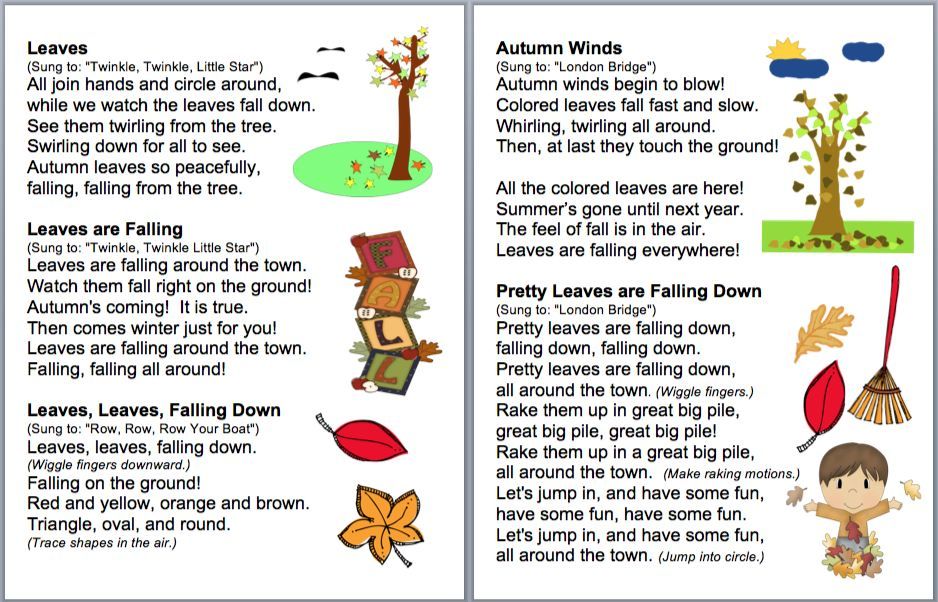 Bottom line, respect each other and have fun!
Bottom line, respect each other and have fun!
Read More on EDM Festival Insider:
Say Bye to Being Shy By Learning to Do the Sensual Grind Dance
For learning grind dance, one needs to do away with inhibitions. Or on the contrary, if one is a shy individual, this type of dance can prove to be a fantastic ice breaker. Scroll down to know how to get those steps right!
Christine was always enthusiastic for dancing. She knew salsa, tango, cha cha and a few more styles. Her favorite was club dancing. She used to impress one and all with her dancing skills. There was however, one thing which she did not have in her dancing kitty. That was how to freak dance or do the grind dance. Seeing the people in a club doing the grind one day, she finally made the decision to learn it.
Has this happened to you? Did you feel something is amiss when you went to a club just because you did not know how to grind dance or what is called freak dancing? Well, that would not happen the next time you go as you would surely be getting to learn it through this text below!
Learn How to Grind Dance
Shall We Dance
You cannot do the grind if you are not with a partner. So when you go to a club or any place where you may do that, a partner is required. The fun begins after you get a partner.
So when you go to a club or any place where you may do that, a partner is required. The fun begins after you get a partner.
Dirty Dancing, Part I
After you get a partner, get into the act and the position. Facing in the same direction, with the guy behind or in front (either ways), one individual’s groin should be in contact with the other’s butt. That is one of the basic things. Then you have to grind or rub your groin and hip area against your partner’s.
Dirty Dancing, Part II
Once you get in the groove, get some flattering and seductive moves in. It is time now to face your partner and straddle in each other’s laps. Ideally the girl supports her weight on the floor using her hands and the partner has to be standing directly behind. He holds her legs or feet up.
Dance with Me
Bending your knees and swaying rhythmically to the music is the next in the line up. Continue with the grinding motions, that is pressing together front to back and back to front. Eventually, the girl should make grinding moves around the crotch of the guy and follow a pattern. It could even be the case that the girl leads off, with hip movements and the guy follows.
Eventually, the girl should make grinding moves around the crotch of the guy and follow a pattern. It could even be the case that the girl leads off, with hip movements and the guy follows.
These are the basic things involved in the process. It is just grinding or rather rubbing your pelvis and groin area onto your partner. There are, of course, variations where a chain of dancers either mixed or single sex dance to the tune or 2 dancers of the same-sex have a member of the opposite sex in between. In case you really want to build up more on how do you grid, here are some grind dancing tips.
Few Tips
Number 1
It is all in the hips my dear gals and guys, particularly for the girls. It is imperative to know how to move your hips in clockwise and counter clockwise movements to the music beats.
Number 2
Another important factor when it comes to grind dance is to pop your shoulders back and forth or up and down. That helps in regulating the beat of the song. It also allows to have better hip movements. Moreover, it is also imperative to keep your moves subtle to avoid coming across as vulgar or slutty or cheap.
It also allows to have better hip movements. Moreover, it is also imperative to keep your moves subtle to avoid coming across as vulgar or slutty or cheap.
Number 3
For a guy, if you ask a stranger to dance with you, it is better to begin standing behind the girl. A stranger would not normally want you to move in closer immediately. Thus, technically it is a better option to play it safe till you are sure that she does not mind and is liking it.
Number 4
A sure shot mantra to be a good grind dancer is to dance a little, move away from your partner. Again come back, do the grind, move away once more. Then do the front grind a bit and then again do the jog together with the guy behind! That will make you an instant hit on the dance floor and will also show that you respect your partner!
All in all, you cannot be shy to learn this dance form. You need to have that spunk in you and one has to be comfortable with such a concept! That is where the last thing comes in and that is to enjoy dancing in this manner! I say adios for now! Meanwhile you go and have a hearty grind!
Like it? Share it!
Uncategorized
Get Updates Right to Your Inbox
Sign up to receive the latest and greatest articles from our site automatically each week (give or take).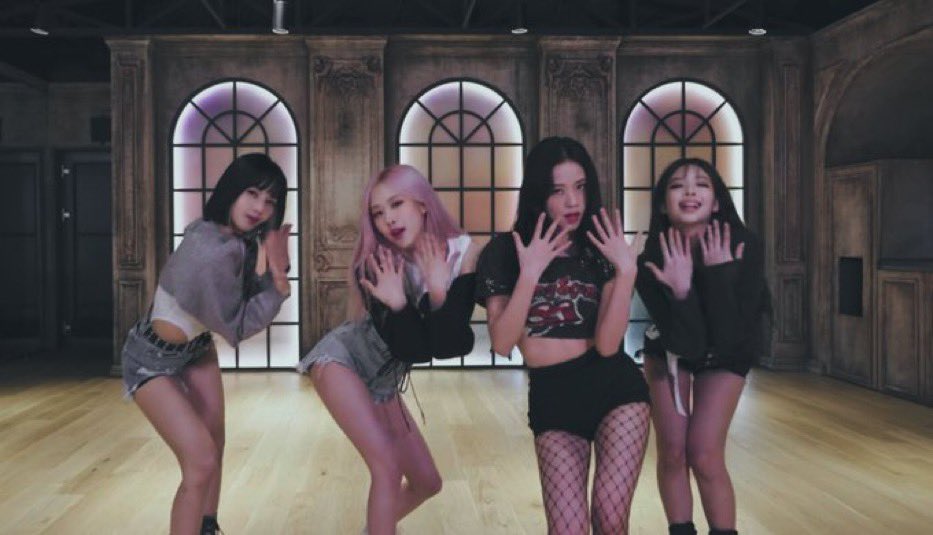 ..right to your inbox.
..right to your inbox.
Email Address *
7 tips for those who want to learn how to dance
September 9, 2020 Reno5 Life
Dancing is a great way to make friends with your body and gain self-confidence. And yes, they can be mastered at any age.
1. Choose your style
The idea here is the same as for sports: if you secretly hate yoga or iron exercises, you are unlikely to go to workouts week after week. To achieve noticeable progress in dancing, a beginner will have to practice a lot and regularly, so it’s better not to torture yourself and choose a direction that really ignites.
You can focus on the music that you like - you need to catch the drive from movements to it. It is music that forms the style of dance and its energy, so decide what is closer to you: for example, funk lovers should try popping or locking, folk fans may like Irish dancing, and if you respect jazz, swing and everything like that, take a closer look at lindy hop.
Another criterion is the nature of the movements. Some are closer to dynamic, as in hip-hop, others are smooth and sensual - for this in tango. There are also health restrictions to consider. So, twerk is not suitable if there are problems with the lumbar spine, with sore knees it is better not to get involved in shuffle, and it will be difficult for an aged person to master house.
2. Set a goal
Photo: Iakov Filimonov / ShutterstockYou can start dancing at any age, but it's important to keep in mind why you started it in the first place. It is perhaps too bold to expect that in half a year of classes it will be possible to reach the level of international dance championships from scratch. But if you want to try dancing in order to develop plasticity and learn to feel the body better, great, go ahead.
Don't expect everything to work out the first time. When you learn from scratch, difficulties are absolutely normal, the main thing is not to score in classes. Over time, both the correct posture and a beautiful gait will be developed, and as a bonus you will also get self-confidence - with freedom of movement, freedom from complexes will come.
Over time, both the correct posture and a beautiful gait will be developed, and as a bonus you will also get self-confidence - with freedom of movement, freedom from complexes will come.
3. Don't give up on sports
Some dances in themselves make for a good workout. A vigorous shuffle will replace cardio, and a break can give a load to almost all muscle groups. And yet, without preparation, it will not be easy. A more or less good stretch is needed in any type of dance, and, for example, strong arms and strong abdominal and back muscles are also useful for pole dancing. You can combine dancing with strength exercises, but you need to give the body time to recover and not plan classes in a row, but allocate at least a day of rest between them.
And don't forget to warm up before dancing. So that the training does not end with an injury, the muscles and joints need to be prepared for the load. You can allocate 10–15 minutes for a warm-up, it should include simple articular gymnastics (at least elementary rotational movements of the shoulders and knees), tilts and dynamic stretching.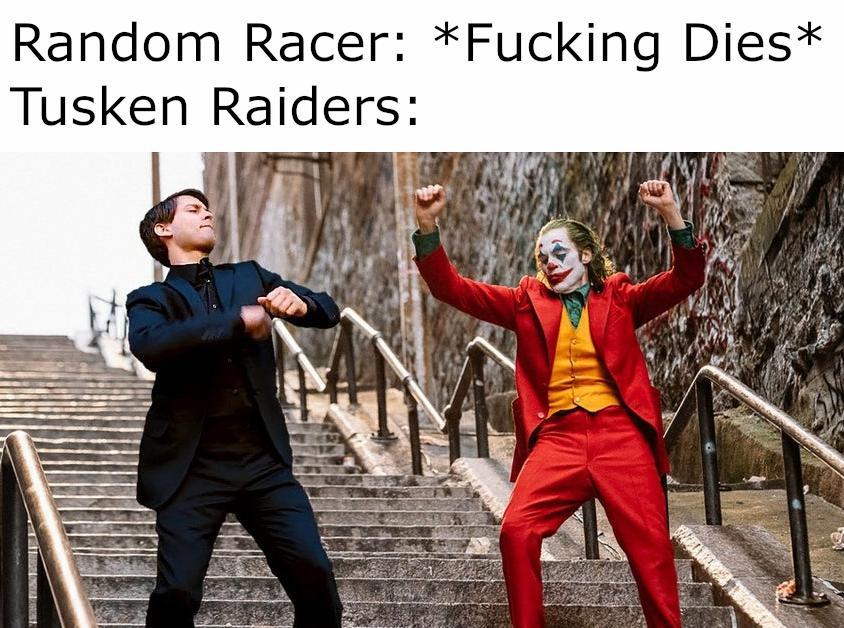
4. Take some lessons from a trainer
Especially if you have never danced before. Those with experience can learn new styles at home with video tutorials, but that's because they already know how to control their bodies. Beginners are unlikely to succeed, but disappointment in themselves and demotivation are guaranteed - if you can’t repeat elementary movements, then there’s no point in doing it.
Nothing really strange here. Without preparation, it is difficult to just take it and start moving freely. At least the basic elements are better to master under the guidance of a pro, and when you feel that you are coping, supplement these lessons with home workouts.
5. Learn something new in every class
When you repeat the same set of exercises and movements over and over again, classes turn into a good way to pass your free time, only you can forget about progress. Acquaintance with new elements is the same mandatory part of any workout as a warm-up. It doesn't matter if you work with a mentor or on your own.
It doesn't matter if you work with a mentor or on your own.
Do not immediately try to copy cool dancers. First, study the basic movements, then try to combine them into bundles until you hone them to automatism, and then experiment and improvise, creating something new based on familiar elements.
6. Record yourself on video
It is not necessary to record the entire workout from the warm-up, it is enough to record only those moments with which you have problems. These can be separate movements or bundles that are not given in any way. Review the video and, if possible, objectively assess what is wrong: perhaps there are technical problems that are difficult to notice in the process. When you understand what's wrong, try to repeat the movement and record it on video again - and so on until you achieve a good result.
This approach will help you find errors and track progress. You can not even limit yourself to memorized ligaments, but improvise - then see how it looks from the outside.
7. Find like-minded people
Photo: Iakov Filimonov / ShutterstockIf you need an extra reason not to miss classes, then meeting new people can be a good motivation. It is easier here for those who train in a group. Often the dance school becomes the center of a close-knit community, where people come not only for the sake of classes, but also just to spend time together at dance parties.
Finally, the more partners around, the more experience. Do not limit yourself to dancers of your level of training and practice with those who are stronger or weaker than you. In the first case, you will be able to improve your skills, and in the second, you will try yourself as a coach - this, by the way, is a good way to learn to take more initiative and understand the very principle of movement in dance, and not just memorize the alternation of chords.
Stay fit and connected with the OPPO Watch. They have two powerful processors, a bright AMOLED display, 1 GB of RAM and 8 GB of internal memory, Bluetooth, Wi-Fi and NFC modules.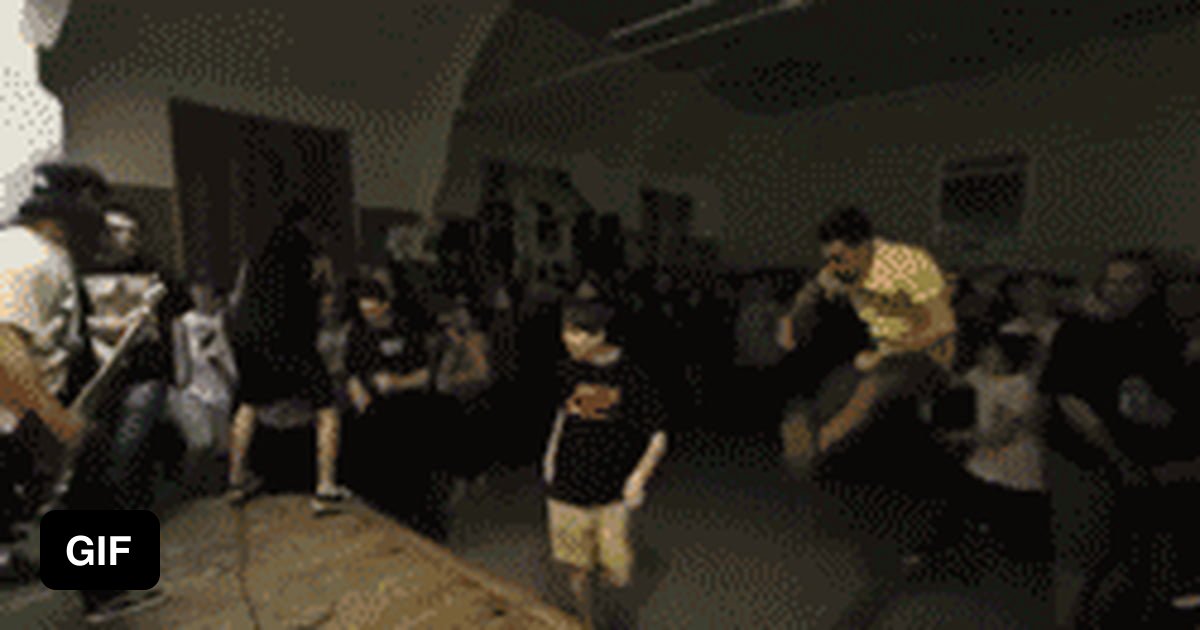 And more than 90 training modes, including those designed specifically for ORRO. Work out cooler with music, you can listen to it in streaming services or download tracks to the memory of your watch.
And more than 90 training modes, including those designed specifically for ORRO. Work out cooler with music, you can listen to it in streaming services or download tracks to the memory of your watch.
If you want to enjoy clear sound, the OPPO ENCO W31 Wireless Headphones are for you. Two-level noise reduction system, easy operation and stable connection will make listening to music and talking on the phone as comfortable as possible.
Show smart watch and headphones!Read also 🧐
- How to learn how to dance the shuffle
- How to learn street dancing without leaving your home
- Zumba is a fun way to lose weight for those who love dancing
12 Life hacks to quickly learn how to dance from Mamita Dance
Dancing
Author: Pavel Collect
Psychologist, Teacher of Salsa and Tango
Dances
Author: Pavel Pavel Pavel Pavel Pavel, Psychologist, Teacher of Salsa and Tango
At the start, you always want to get a quick result.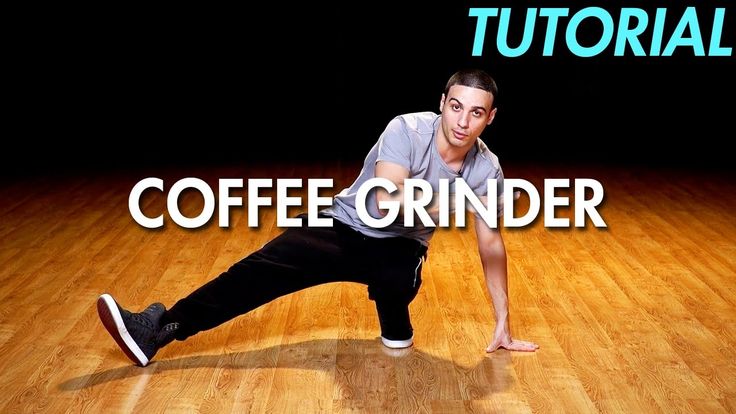 When it doesn't happen, the hypothesis arises that everything takes time. After a conditionally acceptable time, humility comes to mastering pair dances, which, perhaps, is not given, and I will just do what I learned somehow.
When it doesn't happen, the hypothesis arises that everything takes time. After a conditionally acceptable time, humility comes to mastering pair dances, which, perhaps, is not given, and I will just do what I learned somehow.
This is the most common story of those who believe that the mere act of attending a pair dance class is enough to learn how to dance.
Absolutely not. If you want to really dance well, you have to make an effort outside of the dance class. A good teacher will definitely be needed, but the initiative should be on your side.
1. Listen to music
The most common and accessible advice that is given already in the first lessons. And it definitely works. Music creates a certain atmosphere of the dance and intuitively you want to move to it. It doesn't matter where you listen to music - in the car, on headphones while walking or doing household chores.
An addition that will help you dance better is your active participation in the music. Sing along, dance or simply beat musical accents with any free parts of the body. In the subway, for example, it is enough to tap out bright moments with your fingers, in the car to sing along with sounds, and at home you can jump for pleasure.
Sing along, dance or simply beat musical accents with any free parts of the body. In the subway, for example, it is enough to tap out bright moments with your fingers, in the car to sing along with sounds, and at home you can jump for pleasure.
2. Watch videos of good dancers
It's complicated, but also obvious. It’s more difficult, because without recommendations from more experienced dancers, unfortunately, it’s not so easy to find a good quality video on the net (I mean not the resolution quality, but the content itself).
Meaningful viewing of the video is to form an understanding of HOW the dancers make this or that impression on the partner or the viewer. Technology is at the heart of everything. Understanding how the pros do it is a big step forward.
It is important to distinguish between a show and a disco dance, a choreographed performance from an improvisation, a stylized dance from an authentic one, etc.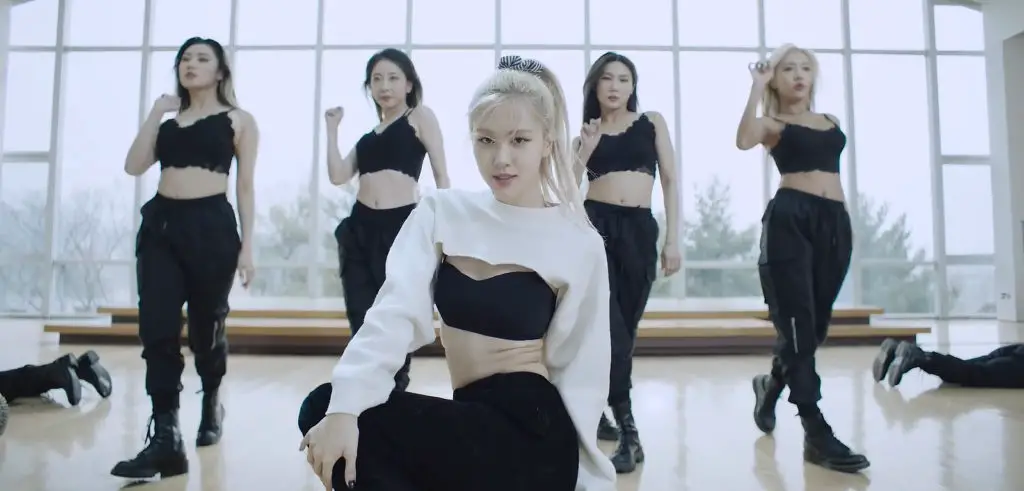 Ask for recommendations and dance instructors will always upload a couple of videos of worthy landmarks.
Ask for recommendations and dance instructors will always upload a couple of videos of worthy landmarks.
Tango Z. Showreel.
Online modern tango courses
Tango nuevo is the most advanced version of tango. We can quickly learn to dance from zero to a steep level.
| View details |
3. Dance in salsatecas/milongas/discotheques
A very delicate moment when it is worth coming to the first party. From a technical point of view, most students in 1-3 months have a sufficient set of figures and techniques to come and dance calmly. Psychologically, the same moment can be stretched out for an indefinite time. After all, it is imperative to “not lose face”, “learn more figures” and be sure what to do in case “there is an unfamiliar movement”.
In fact, the partygoers don't really care (except for a small layer of non-professional teachers who want to help inexperienced dancers by treating them as customers in the future).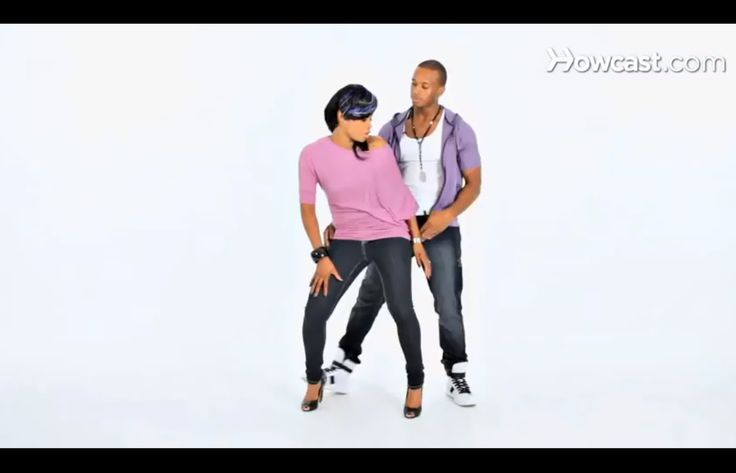 It is important to come and try dancing after a month of classes. You can only with friends or guys from your group. This will be enough to feel the adrenaline and inspiration from the dance.
It is important to come and try dancing after a month of classes. You can only with friends or guys from your group. This will be enough to feel the adrenaline and inspiration from the dance.
4. Dance with partners or partners not of your level
The conventional wisdom that you need to practice in groups of your level does not withstand the test of experience. Perhaps now your eyes widened in surprise, and you want to meaningfully read the phrase again. Yes, you saw everything correctly: when you dance with a partner of your level, you don’t grow anywhere.
It's important to understand that not only does it work one way and you have to dance with cooler dancers, but it works even more effectively the other way. It is no coincidence that teaching pair dances dramatically raises the level of the teacher himself. You have an endless stream of very beginner dancers.
How it works. A more experienced partner needs to be "stretched".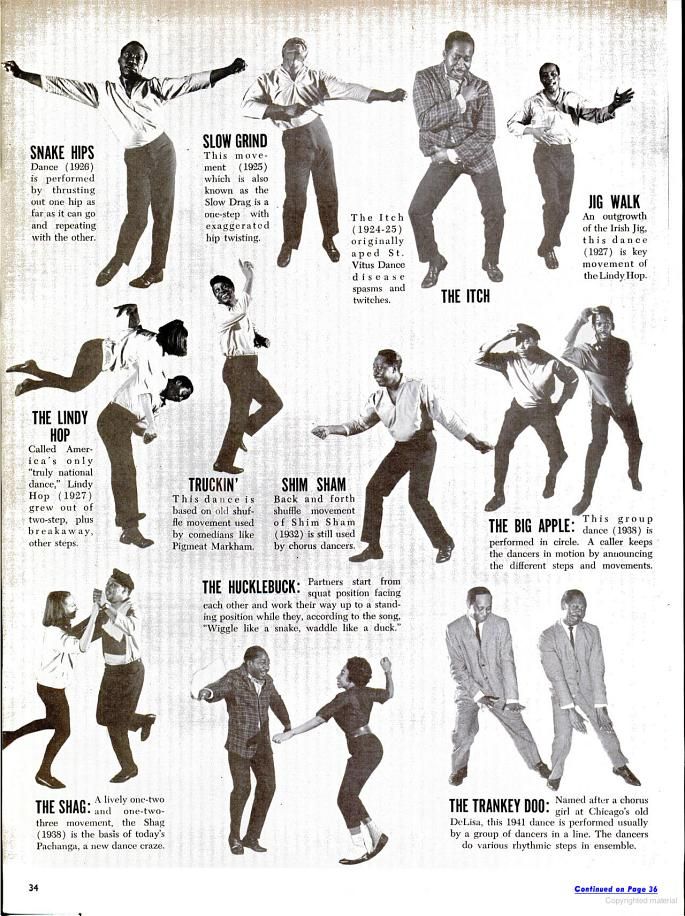 It's easy and obvious. With beginners, you need to take more initiative on yourself, see the general pattern of the dance more widely, turn on and insure more, try to be an example and be more careful. The quality of interaction begins to grow significantly. And wonderful partners too.
It's easy and obvious. With beginners, you need to take more initiative on yourself, see the general pattern of the dance more widely, turn on and insure more, try to be an example and be more careful. The quality of interaction begins to grow significantly. And wonderful partners too.
Dancing with partners of your level doesn't make you grow. Dance with beginners and more advanced dancers
Dominican Bachata Women's Style Online Course
Want to learn how to hypnotize those around you with the most appetizing part of your body? On the course we will tell you all the secrets.
| Interesting |
5. Learn to dance for a partner and for a partner
Turks and Argentines are one of the best partners in the world. In Russia, partners are highly valued. Why? The answer is simple. In Argentina and Turkey, it is not questionable for men to ask another man to lead in one piece or another and give feedback on the quality of the lead. For them, it will be a great shame to hear moralizing from a partner, or even more so to be known in the community as an insecure partner.
For them, it will be a great shame to hear moralizing from a partner, or even more so to be known in the community as an insecure partner.
In Russia, due to the constant, often far-fetched, opinion that there are more women in pair dances, partners calmly get up and study their partner's part. Such partners then grow into very cool dancers and teachers. In no case do this at parties, only in class. Here we are talking only about the learning strategy. At parties, be yourself.
6. Do not memorize the links
Always try to look deeper and understand the through principle and idea of movement. Understanding what and how is done will make it possible to independently generate any sequences and chips.
Human memory is limited and there will always be a moment when something will escape and your repertoire will be limited by the size of RAM.
In Argentine tango, for example, there are seven levels of movement construction that, when mastered, will allow you to make millions of combinations.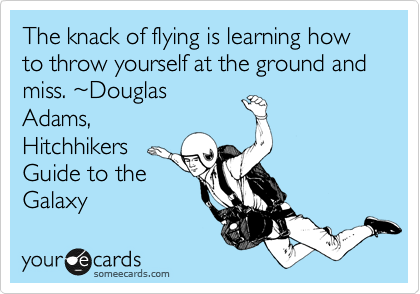 And how many dance sequences can you really remember? In rueda, more than 150 figures dance in a rare circle. It's hard to keep more in mind.
And how many dance sequences can you really remember? In rueda, more than 150 figures dance in a rare circle. It's hard to keep more in mind.
7. Develop your body
Many years of experience in teaching couple dance shows that as soon as everyone pairs up in a class, any progress in individual style ends. But it is the individual style that distinguishes everyone at the disco: partners change, and style is always with you.
The body as the main instrument of dance must be very plastic, responsive and emotional. Surprisingly, not all pair dance schools have a general physical warm-up. It is vital to tune the body and understand how it works.
You can always train extra and concentrate more on the basic steps, as their true value is as body work. The sequence of steps is, in fact, the simplest thing that can be in pair dancing. The quality of individual performance determines the craftsmanship.
8. Try on the images of inspiring dancers
A psychological life hack for those who have already mastered the steps, but still feel that there is not enough brightness and drive.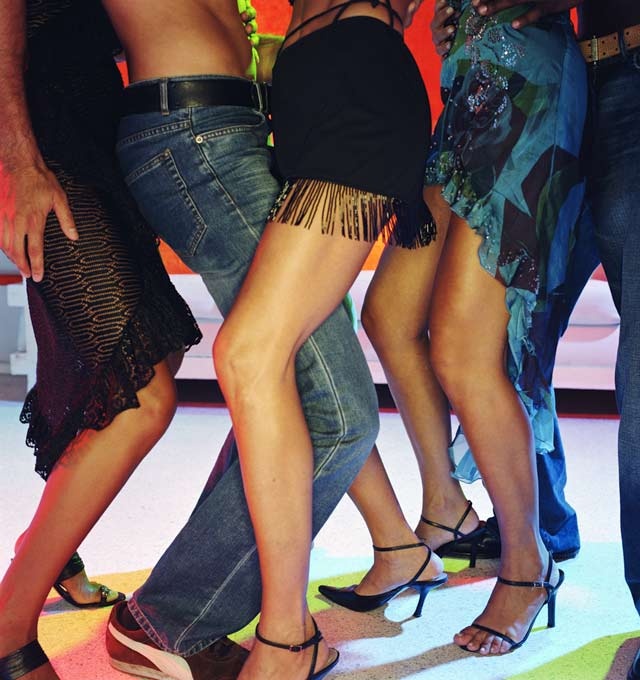 Most are terribly afraid of being someone else's "clone". Here the action is the same as under the influence of hypnosis - the more you resist, the more you plunge into an altered state of consciousness.
Most are terribly afraid of being someone else's "clone". Here the action is the same as under the influence of hypnosis - the more you resist, the more you plunge into an altered state of consciousness.
With a high degree of probability, you are already dancing like someone else's "clone". A meaningful fitting of someone else's image is that you mentally take the image of the one who inspires you (inspiration is critical in this case) and "put on" yourself. Then you start dancing and trying to feel in general how it is to be able, for example, to be the best partner or the sexiest partner in a disco. This is much more difficult than it seems. But it works extremely efficiently.
9. Dance to offbeat music
Habitual rhythms keep you tight. Tango salon or speedy timba leave little room for experimentation and fantasy. Pattern dancing is always noticeable and is reserved for beginners.
The truly new is born outside of the usual.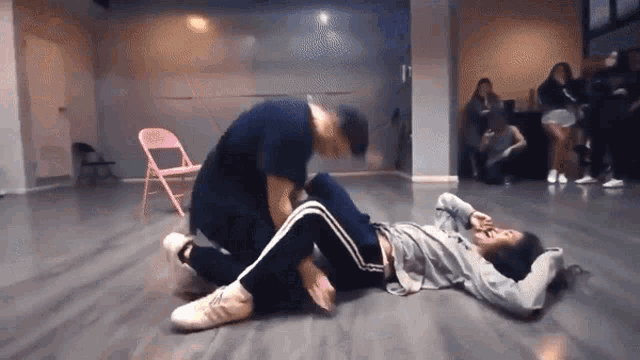 Look for places to experiment. If there is no place, organize self-training. The main thing is not to get carried away, because music determines the style. We bring something new to pair dances, rather than trying to change them.
Look for places to experiment. If there is no place, organize self-training. The main thing is not to get carried away, because music determines the style. We bring something new to pair dances, rather than trying to change them.
Search, improvise, don’t be afraid to go beyond, develop in different directions, be inspired by music atypical for the style
10. Try your hand at basic dance directions
dances exist according to their own non-choreographic laws.
This is the deepest delusion, which has turned into a ceiling for the qualitative development of partner dances. After all, all professional dancers, for example, in salsa or bachata, build their ideas on the basic choreographic principles.
Do not think that choreography is only applicable on stage. Any meaningful movement of the body can be choreographic. In general, try classical or modern choreography. Basically, hip-hop can work too.
11. Look for battle sensations
Pair dances return us to an active position of manifestation of our body. As in the days of our ancient ancestors, we impress the members of the opposite sex by how dexterous, hardy, sexy, etc. we are. Modern laws of the jungle in the entourage of large cities.
If you look around the dance floor, it becomes clear that the majority are clearly herbivores (not in the sense of vegetarians, but in relation to those around them). I am sure that predators are always more interesting in terms of the attractiveness of the image - try to find a counterbalance among herbivores, for example, a cat woman or a lion man.
The conversation is about an internal position, not about aggressiveness. Lability and lack of control are inherent in adolescents, and not in adult self-sufficient people.
Accordingly, even a training or friendly battle gives, on the one hand, practical skills - to make a bright sequence of movements, bring an idea to a climax, show a spectacular feature, on the other hand, develops the psychological basis of the dance - self-confidence, resistance to extraneous attention, self-control and self-control in complex elements.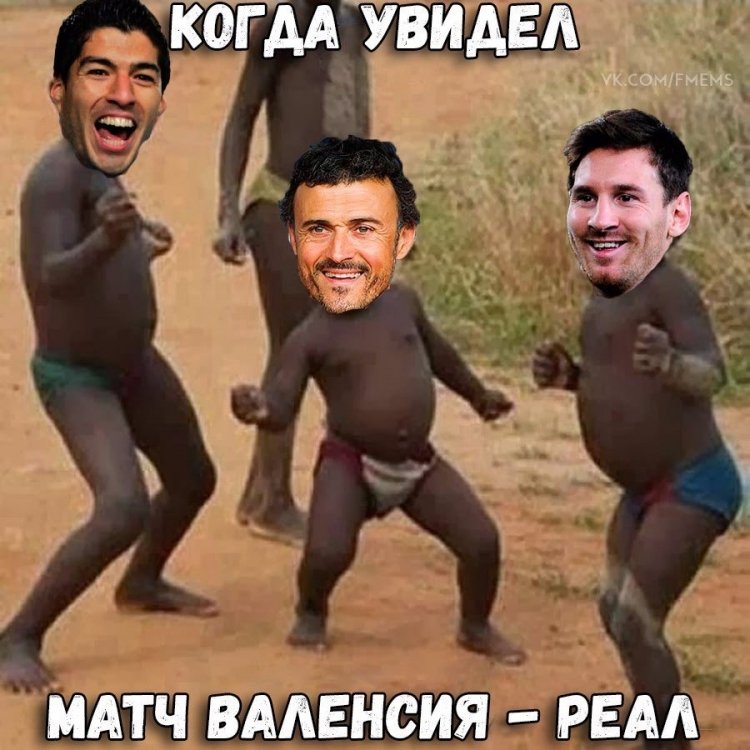
12. Communicate with professionals
The environment shapes the internal position. Basically, real passionaries of the dance community are ready to openly talk, discuss and support the development of dance in every possible way. Universal principles and the ideas they articulate have a much longer and more practical perspective than meets the eye.
Accept that, for example, behind the words "listen to your partner" is not only a beautiful metaphor, but also a practical skill to literally listen to your partner. At the same time, always treat every thought, even the most respected teacher, as a private opinion.
Your skill will lie in finding the scope of the idea even in conflicting opinions. Most often, the contradiction is speculative and the truth lies in the angle of perception or situationality.
Your dancing growth will stop sooner or later. This can happen at the level of three basic steps or years of experience in teaching and show performances.